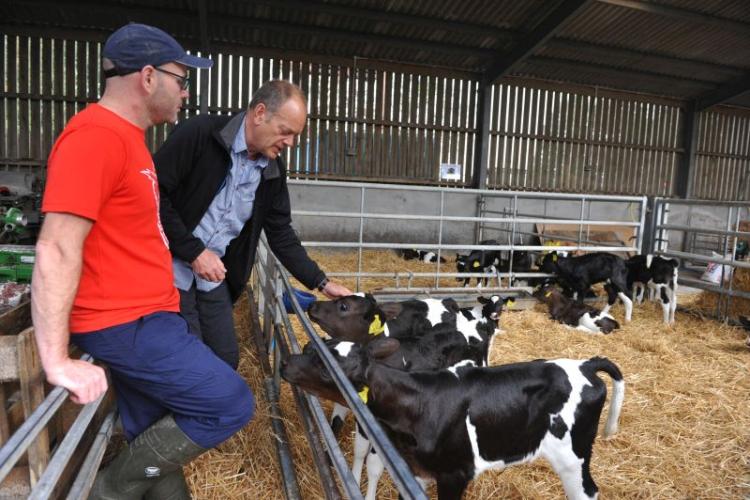
Observing five important principles will help farmers keep cattle healthy at housing this winter, according to a livestock expert.
Farmers have been urged to consider key criteria to assess if cattle housing is fit for purpose - hygiene, fresh air, temperature, air speed and moisture levels.
Livestock housing expert Jamie Robertson suggested that many older buildings are difficult to clean and this has implications for cattle health.
“What a building looks like is irrelevant, what does matter is that it works,” he said during a series of Farming Connect-led events across Wales.
Farmers have been warned against a practice he has seen on many farms - housing sick cattle in calving pens.
Mr Robertson said if there is spare capacity in the pen, split it to keep the two groups separate.
Farmers also under-utilise their vets when it comes to advice on cleaning and disinfection, he added.
“Farmers don’t talk to their vets enough about cleaning and disinfecting, they should,” Mr Robertson said.
Farmers have been told to give attention to areas of moisture and damp in buildings as these allow bugs to thrive, triggering pneumonia and scours.
Maintaining guttering and downpipes is also essential to control and manage dampness within buildings.
Good manure and straw management are important, and floors that don’t drain well will never work properly until corrected, he said.
Effective air inlets and outlets ensure there is enough fresh air entering buildings.
“The drying effect of air flow inside buildings is essential to prevent accumulation of moisture,” said Mr Robertson.
Air speed is another balancing factor. Too much will lead to excessive energy loss and too little to lack of fresh air, allowing moisture and viruses to build up.
The livestock expert recommended greater use of perforated wall cladding to eliminate draughts at animal height.
“This could increase animal performance as energy losses can be controlled, which is especially important with young animals.’’
For farmers designing new buildings. Mr Robertson said good advice was freely available from independent industry sources.
